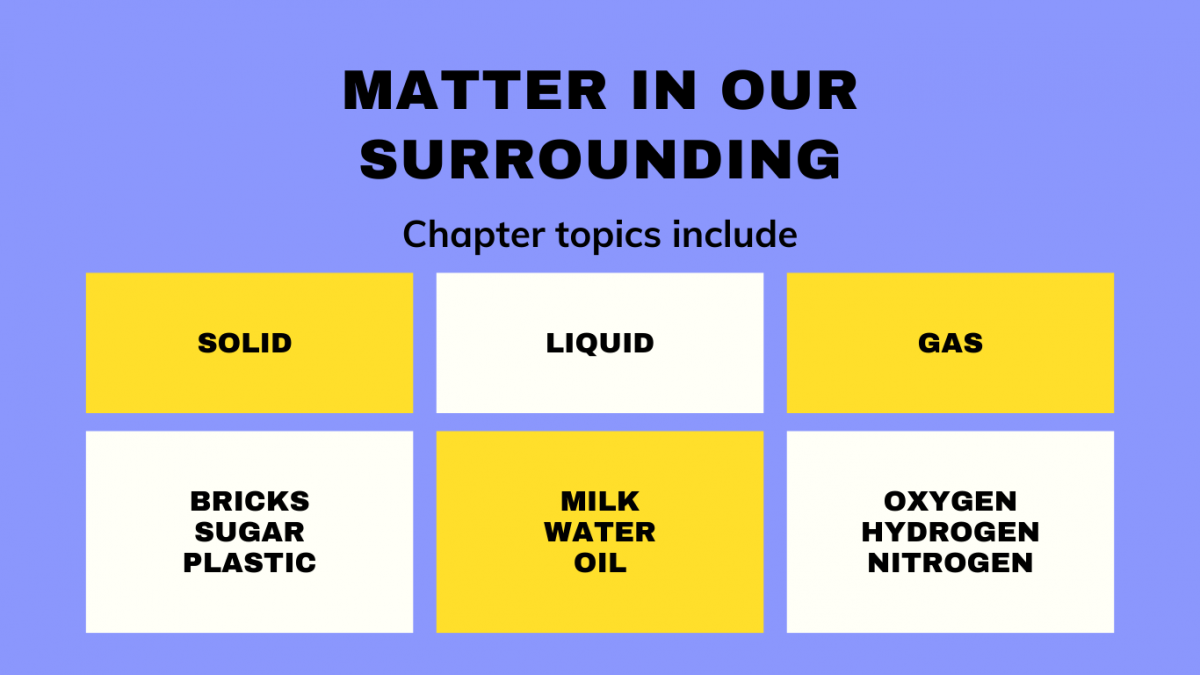Matter in our surrounding notes is very important for those students who are preparing notes for class 9 science.
These PDF notes for Class 9 students typically contain information and concepts covered in the curriculum for that grade level. These notes can be created by teachers, educational institutions, or even students themselves. They can be used as a study aid for exams, homework assignments, and class discussions. These notes can include text, images, and diagrams to help explain complex concepts.
For downloading the Class 9 Science pdf notes follow the PDF given below :-
Matter in our Surroundings pdf notes download link
Chapter 1 Matter in our surrounding notes
This is a science topic typically covered in Class 9. PDF notes on this topic would likely include information on the following concepts:
Definition of matter: Matter is anything that has mass and takes up space.
States of matter: Matter can exist in three states- solid, liquid and gas.
Physical and chemical properties of matter: Physical properties, such as density, color, and melting point, do not change when matter changes form. Chemical properties, such as flammability and reactivity, do change when matter changes form.
Changes of state: The process by which matter changes from one state to another is called a change of state. Examples include melting, freezing, boiling, and condensation.
Mixtures and compounds: Mixtures are made up of two or more substances that are not chemically combined, while compounds are made up of two or more elements that are chemically combined.
Separation of mixtures: Different methods of separation such as filtration, centrifugation, evaporation, distillation, and chromatography.
The gas laws: Charles’s Law, Boyles Law, and Gay-Lussac’s Law, which describe the relationship between the pressure, volume, and temperature of a gas.
These notes would be supported by diagrams, images, and examples to help students understand and remember the concepts better.
After this we will learn about the topic “IS MATTER AROUND US PURE”
How to differentiate matters in our surrounding
There are several ways to determine the different types of matter in our surroundings:
Observation: By using our senses, we can observe the appearance, texture, and behavior of matter to determine its properties. For example, we can observe that a rock is hard and a liquid is flowing.
Measurement: We can measure the properties of matter such as density, mass, and volume to determine its identity. For example, we can measure the density of a substance to determine if it is a metal or a nonmetal.
Experimentation: We can conduct experiments to observe the chemical reactions and changes in matter to determine its identity. For example, we can conduct a flame test to determine the presence of certain metallic ions in a sample.
Analysis: We can also use analytical techniques such as spectroscopy, chromatography and microscopy to identify the different types of matter.
Comparison: We can compare the properties of a substance with known substances to determine its identity. For example, we can compare the taste, smell, and appearance of a fruit to determine if it is an apple or a pear.
These methods can be used individually or in combination to identify the different types of matter in our surroundings.


Nice